
Some towns fade away with time. Others? They vanish so completely it’s like they never existed. These are the places that once bustled with life, only to be swallowed by disaster, mystery, or plain old bad luck. Today, they exist only in memories, maps, and the occasional haunting whisper of history. Ever wondered where these ghost towns went and why they disappeared? You’re about to find out.
1. Centralia, Pennsylvania
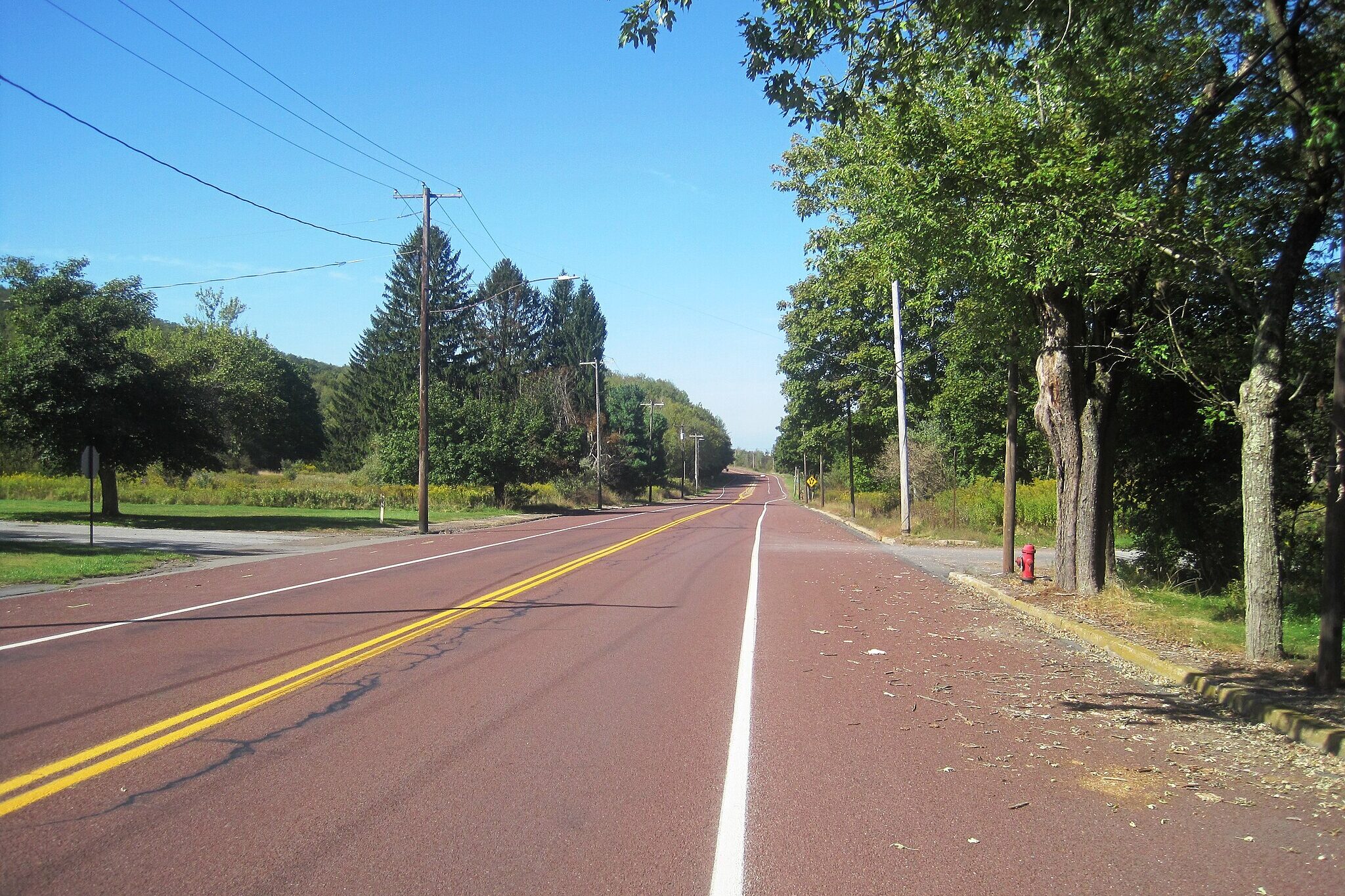
A fire that never died turned Centralia into one of America’s eeriest ghost towns. In 1962, a coal seam beneath the town caught fire and still burns today. Toxic gases and sinkholes forced nearly everyone to leave, with roads collapsing and homes bought out. It’s become a symbol of what happens when nature turns on us. Centralia used to be a thriving coal-mining town, but now it’s just cracked pavement, overgrown lots, and smoky air. What’s left is unsettlingly silent, with only a few holdouts who refused to leave. It’s an eerie chapter in Pennsylvania’s history that’s still smoldering—literally. Source: Centralia, Pennsylvania – Wikipedia
2. Kennecott, Alaska

High up in Alaska’s icy heart, Kennecott was once a booming copper mining town in the early 1900s. People flocked there chasing work and fortune, but when the copper ran dry by 1938, the town emptied almost overnight. Left behind were the grand red mill buildings, worker housing, and traces of a life that froze in time. Today, it’s preserved within a national park, like a snapshot of a forgotten era. Historians see Kennecott as a textbook rise-and-fall of America’s industrial age, now hauntingly still in the Alaskan wilderness. Source: nps.gov
3. Cahawba, Alabama

Once Alabama’s first state capital, Cahawba thrived in the 1800s until repeated floods pushed residents to higher ground. Political shifts and bad luck sealed its fate. By the late 1800s, it was a ghost town. What’s fascinating is how fast it went from prominence to abandonment. Today, it’s an archaeological park with haunting ruins and whispered tales. Experts consider Cahawba a crucial study in urban decline caused by environmental instability and economic redirection. It’s a reminder that not even capitals are safe from nature’s mood swings. Source: Old Cahawba
4. Bodie, California
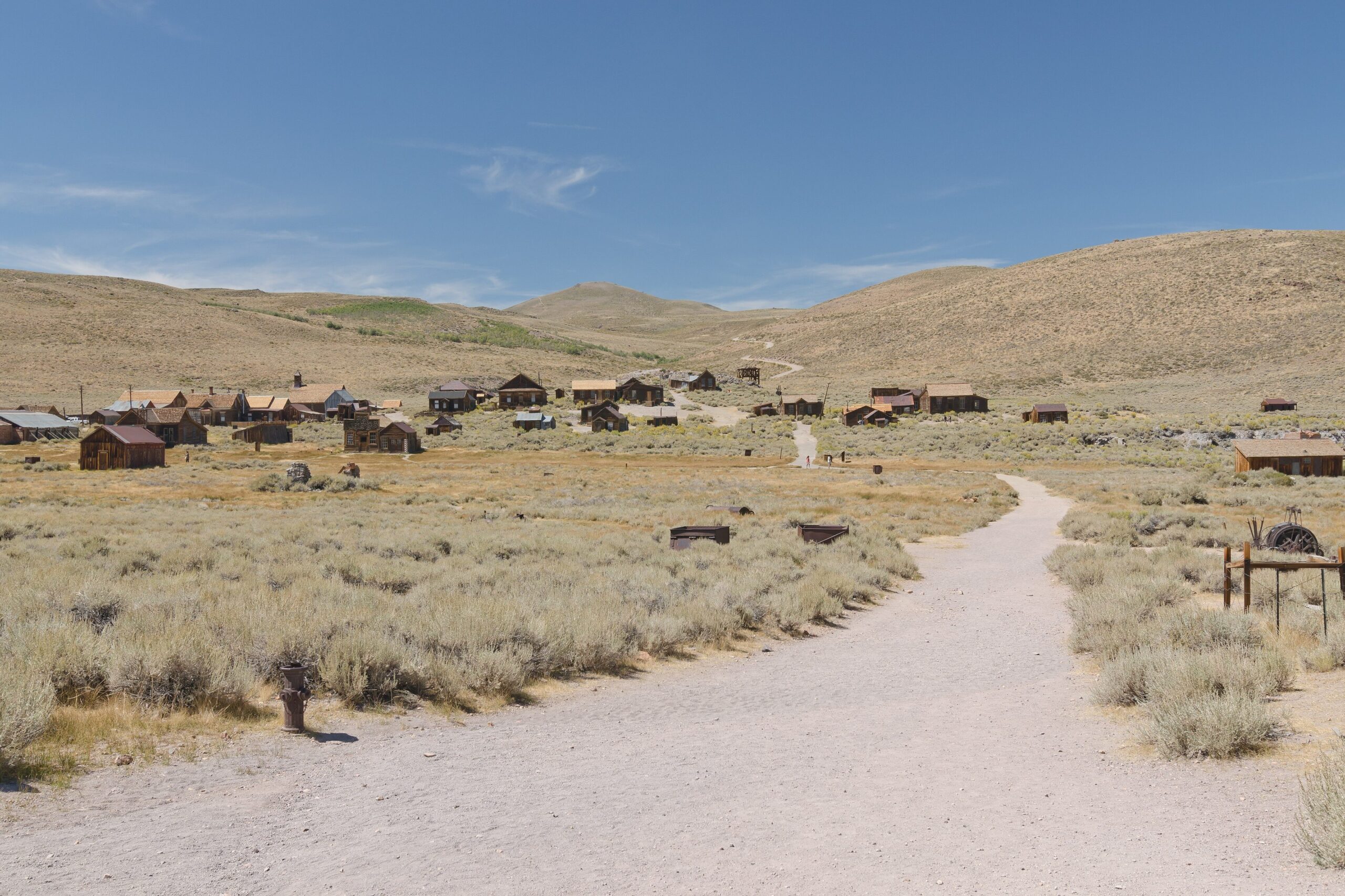
If you’ve ever imagined a Wild West ghost town, Bodie fits the script. Born from gold in the 1850s, it boomed with saloons, brothels, and crime. But when the gold dried up, people left. Fast. By the early 20th century, it was nearly empty. Today, it’s a state historic park kept in “arrested decay,” meaning everything’s left just as it was. Visitors walk past schoolbooks still open on desks and stores with dusty goods on the shelves. Historians love Bodie because it’s a perfectly preserved peek into frontier life and its inevitable burnout. Source: monocounty.org
5. Glenrio, Texas/New Mexico

Straddling two states and once thriving on Route 66 traffic, Glenrio died when the interstate bypassed it in the 1970s. What remains is a surreal slice of Americana frozen in time: old motels, a gas station, and a diner that never got to serve its next breakfast rush. Glenrio tells a very American story of progress leaving places behind. Urban planners now point to it as an unintended consequence of infrastructure development, where one road gives life, another takes it away. Source: nps.gov
6. St. Thomas, Nevada
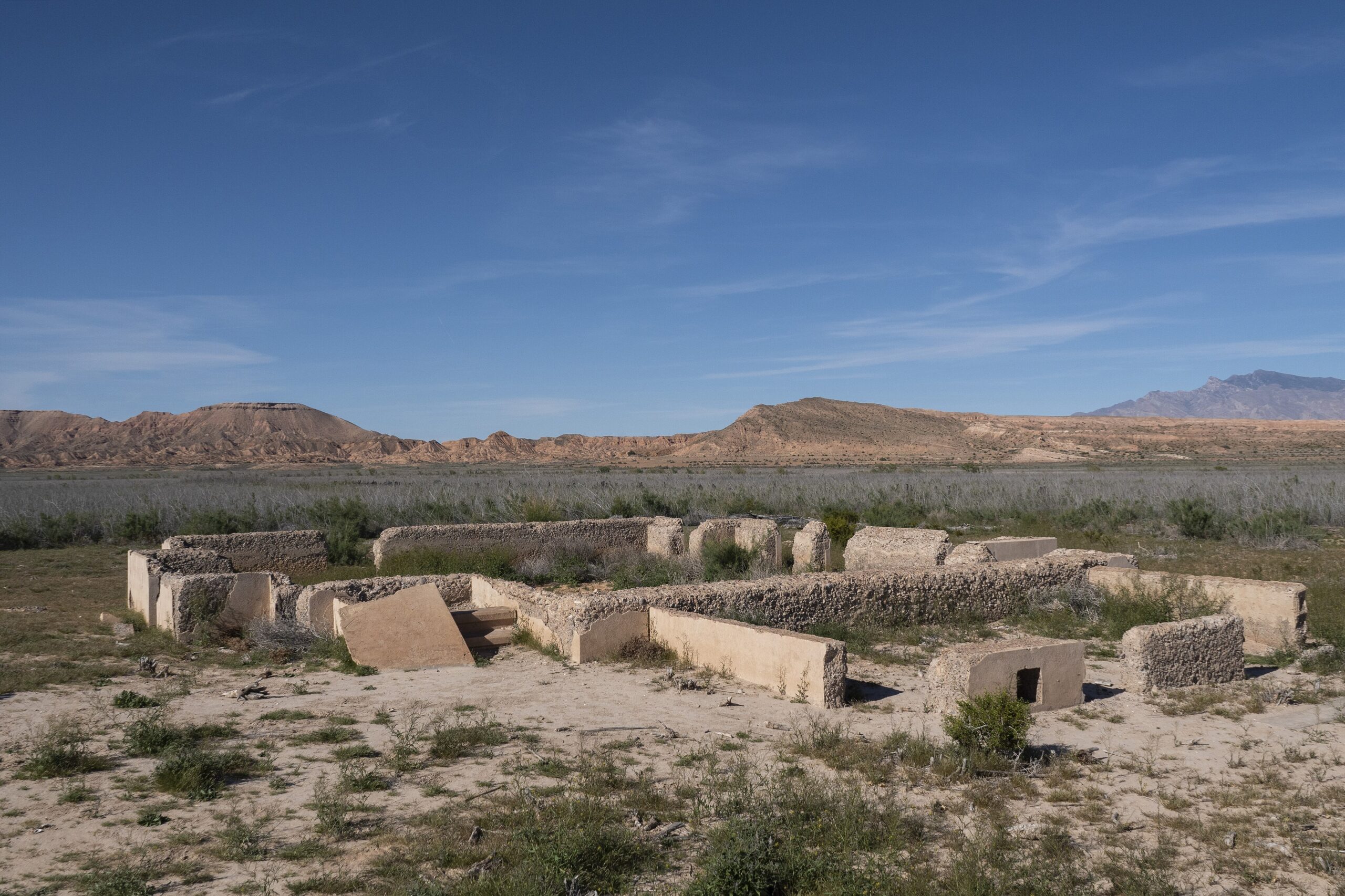
Imagine waking up to find your town underwater. That’s what happened to St. Thomas after the Hoover Dam was built and Lake Mead flooded the area in the 1930s. The town’s residents left, knowing the rising water would take everything. Today, during droughts, its ghostly foundations resurface from the lake like secrets refusing to stay buried. It’s a powerful example of how progress sometimes means letting go of entire communities. Geographers and environmentalists still study St. Thomas to understand the human cost of large-scale water projects.
7. Pripyat, Ukraine
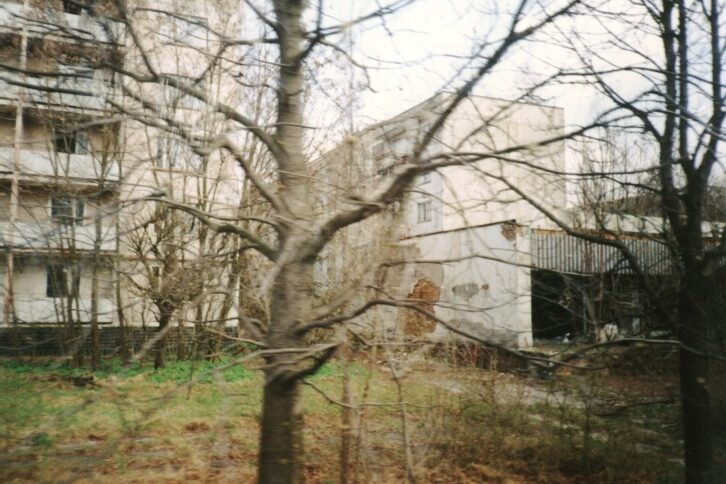
Okay, not in the US, but too iconic to skip. Pripyat was built for Chernobyl’s nuclear plant workers and had everything, schools, amusement parks, even luxury. Then the 1986 explosion happened. Everyone was evacuated in a heartbeat. What’s left now is one of the most chilling places on Earth. Dolls still lie on desks. Ferris wheels rust. Scientists and historians see Pripyat as a living lab of radiation’s long-term impact and the fragility of man-made cities. It’s haunting, heartbreaking, and weirdly beautiful.
8. Times Beach, Missouri
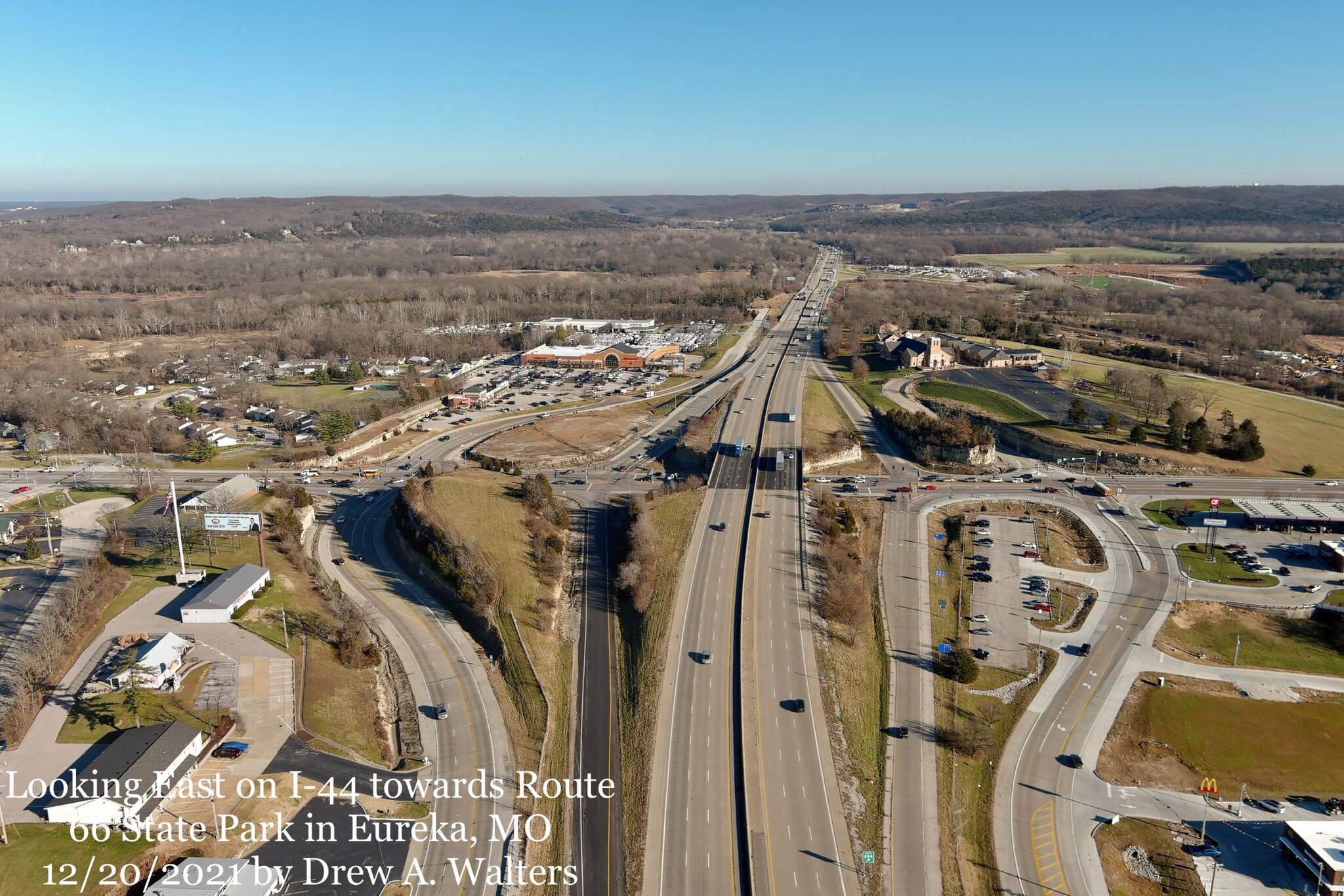
In the early 1980s, Times Beach was a middle-class town near St. Louis that became uninhabitable after being contaminated by dioxin, a toxic chemical. Residents were relocated, and the town was bulldozed. It’s one of America’s most notorious environmental disasters, a painful example of what happens when health concerns are ignored too long. Today, the land is a state park, but the name Times Beach still stings for those who once called it home. Environmental experts continue referencing it when discussing hazardous waste policy.
9. Thurmond, West Virginia
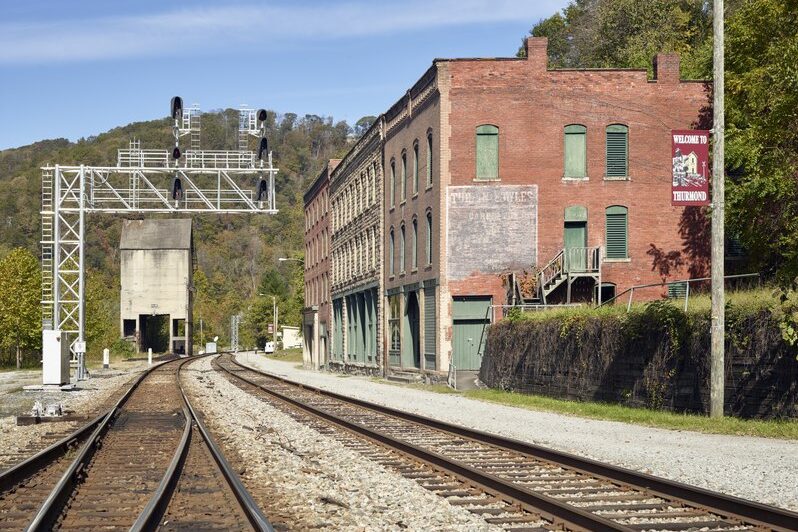
Once a bustling coal town on the New River, Thurmond is now eerily empty. The railroad was its lifeline, and when that faded, so did the town. It’s still technically incorporated, but the population is barely there. The train depot and remaining buildings are frozen in time, a ghostly reminder of the region’s economic pivot. Historians see Thurmond as a quiet monument to Appalachian labor history and a case study in how technological shifts reshape communities.
10. Elkton, Oregon
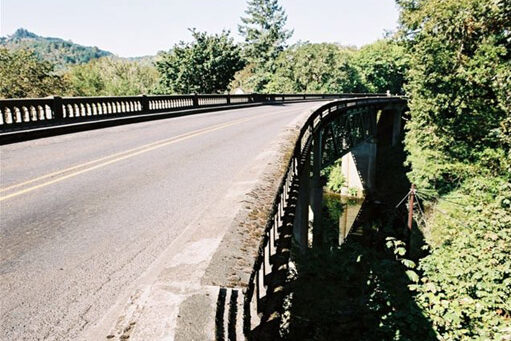
Elkton’s story is more myth than record. Reports say it once thrived in the mid-1800s, fueled by gold rush dreams, but the exact location and reason for its disappearance remain murky. Some say it was washed away, others that it never existed at all. Historians still argue about it. But whether myth or mystery, Elkton captures the imagination because it’s a town that vanished so thoroughly, even its truth is missing. That makes it one of the most haunting disappearances on this list.
11. Plymouth, Montserrat
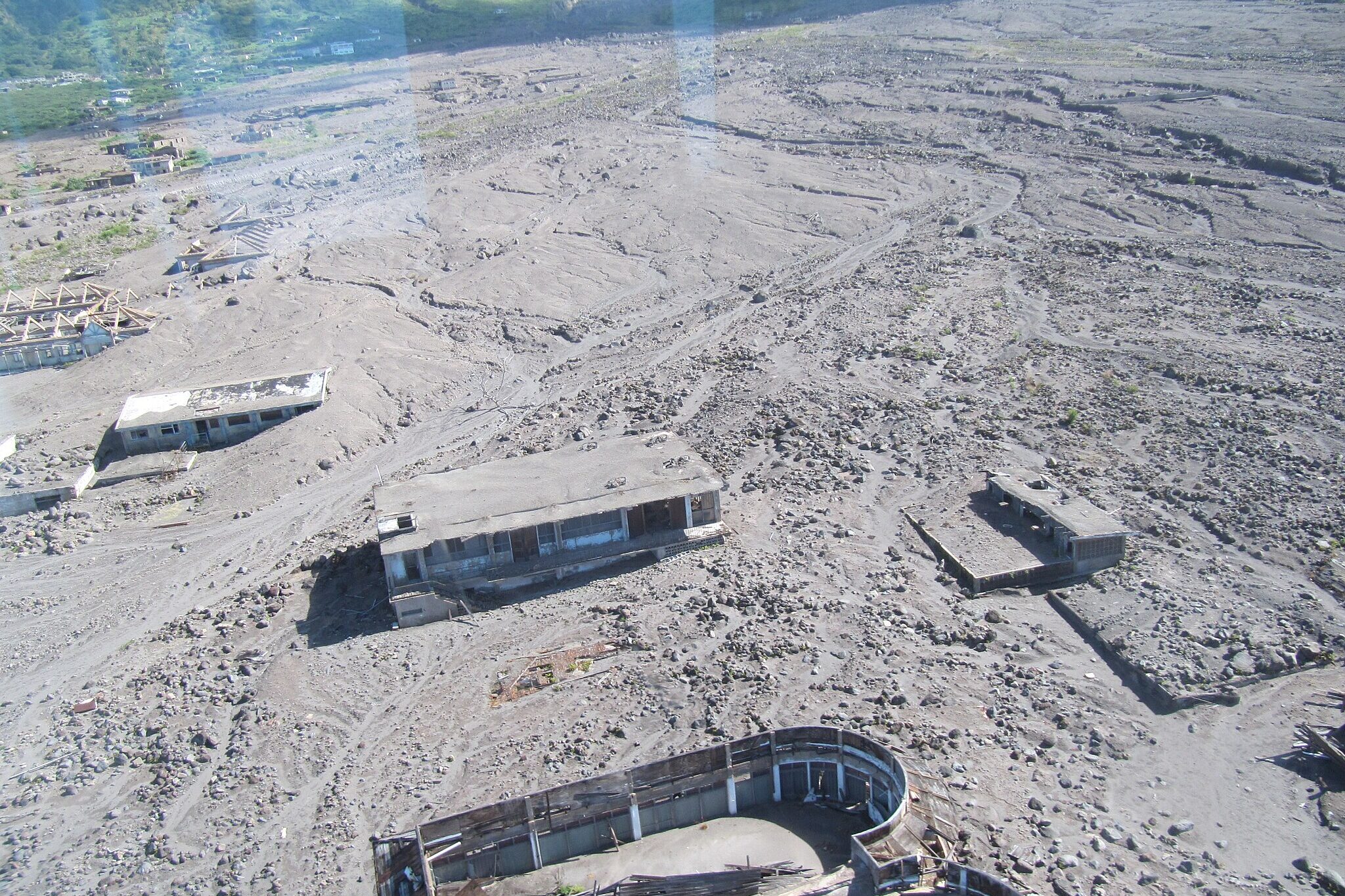
When the Soufrière Hills volcano erupted in 1995, it buried the capital city of Plymouth under ash and lava. Though not in the US, its tale is unforgettable. The entire southern half of Montserrat was evacuated, turning Plymouth into a ghost city frozen in volcanic stone. What’s left looks like a modern-day Pompeii. Volcanologists and emergency planners still use Plymouth as a case study on disaster preparedness and the raw power of nature. The visuals alone will leave you breathless.
12. Picher, Oklahoma

Once a lead and zinc mining hub, Picher now looks like something from an apocalyptic film. Toxic waste known as “chat” piled high around the town, and by the early 2000s, sinkholes, contaminated water, and severe health issues forced residents out. It was officially closed in 2009. Today, it’s largely abandoned, with a few skeletal homes and dangerous terrain. Environmental scientists call Picher a stark lesson in what happens when profit outruns responsibility. It’s tragic, preventable, and painfully relevant even now.
Did any of these lost towns surprise you? Have you visited any hauntingly abandoned places yourself? Drop your thoughts in the comments and share this story with someone who loves a good mystery rooted in real history.


